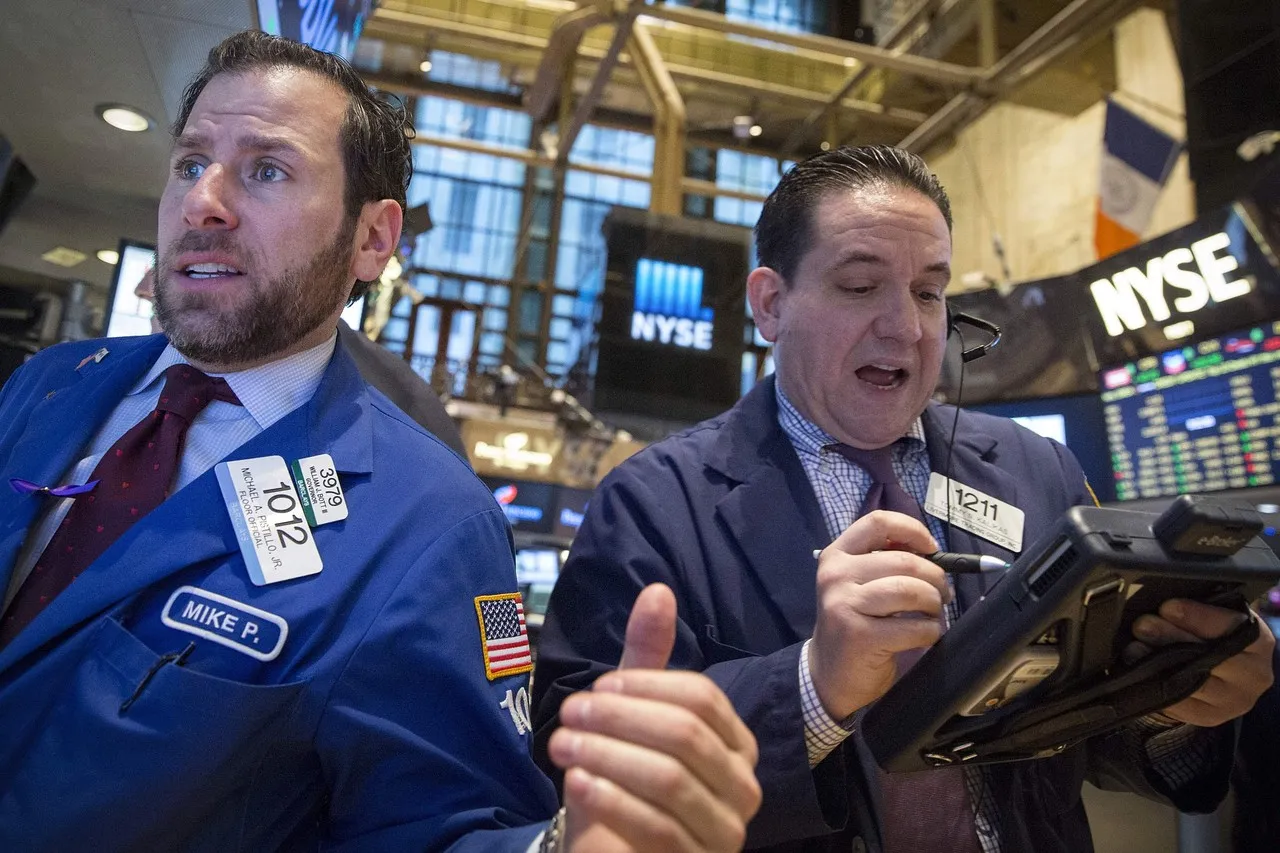A sharp rebound in oil prices has reignited concerns that inflation could once again complicate the Federal Reserve’s path toward deeper rate cuts sending bond yields higher even as stocks gained ground.
Ahead of the next key inflation reading the first major economic report since the start of the U.S. government shutdown crude oil prices surged 5% after Washington imposed new sanctions on Russia’s largest energy companies in an effort to pressure Moscow to end its war in Ukraine. The move reversed a three-day rally in Treasuries, while the S&P 500 climbed modestly as investors weighed a wave of corporate earnings.
The oil spike comes at a delicate time for the Fed. Policymakers have expressed greater caution about the inflation outlook, even as they shift focus toward the labor market, the other half of the central bank’s dual mandate. Despite lingering inflation risks, futures traders largely expect the Fed to deliver a rate cut next week, signaling confidence that price pressures will not derail monetary easing.
Still, not everyone is dismissing inflation worries entirely. According to Andrew Brenner of NatAlliance Securities, the jobs picture remains the bigger concern for the Fed at this point. “We don’t think tomorrow’s CPI number will carry much weight as the Fed meeting starts next Tuesday,” Brenner said. “As for oil, we see potential supply tightness ahead, though it’s worth noting that there’s still a large number of ships transporting oil globally, and Russia has proven adept at bypassing sanctions in the past.”
Following the surge in crude, the 10-year Treasury yield rose three basis points to 3.98%, snapping its recent winning streak. The stock market, meanwhile, saw broad gains with energy and industrial sectors leading the advance.
The S&P 500 hovered near 6,715, reflecting cautious optimism among investors that resilient corporate profits and expectations of Fed easing could offset inflation jitters. However, not all stocks participated in the rally. Tesla Inc. tumbled 4% after reporting a sharp drop in profit, despite achieving a record quarter for vehicle deliveries.
The jump in oil prices adds a fresh twist to an already complex macroeconomic backdrop. While energy prices have cooled significantly since their peaks in 2022, sudden geopolitical shocks like sanctions on major producers have the potential to reignite cost pressures across the economy. That dynamic leaves the Fed walking a tightrope as it balances the need to support growth with the risk of prematurely easing policy in the face of sticky inflation.
Market watchers will be paying close attention to Friday’s consumer price index (CPI) report, which could provide the final data point shaping expectations ahead of next week’s Fed meeting. Although most analysts agree that the Fed is likely to move forward with a rate cut, the details of the CPI report particularly core inflation could influence how aggressively policymakers signal future reductions.
For now, traders appear more focused on employment data and economic growth indicators than on a single inflation print. The general sentiment in markets suggests that even if price pressures linger slightly longer than expected, they are unlikely to prevent the Fed from beginning its next phase of easing.
Still, oil’s resurgence has injected a dose of uncertainty into that narrative. A prolonged period of elevated energy costs could ripple through supply chains, lift transportation and production expenses, and ultimately slow the Fed’s progress toward its 2% inflation target.
In the near term, investors will likely continue balancing optimism about potential rate cuts with caution over geopolitical developments and commodity volatility. As the Fed enters its policy meeting next week, market participants will be looking for any signs that central bankers see the recent oil surge as a temporary blip or a possible roadblock to further easing.
For now, the message from Wall Street seems clear: while the inflation debate isn’t over, the markets are betting that the Fed’s next move will still tilt toward supporting growth rather than tightening the screws.

Subscribe to our newsletter!
As a leading independent research provider, TradeAlgo keeps you connected from anywhere.








